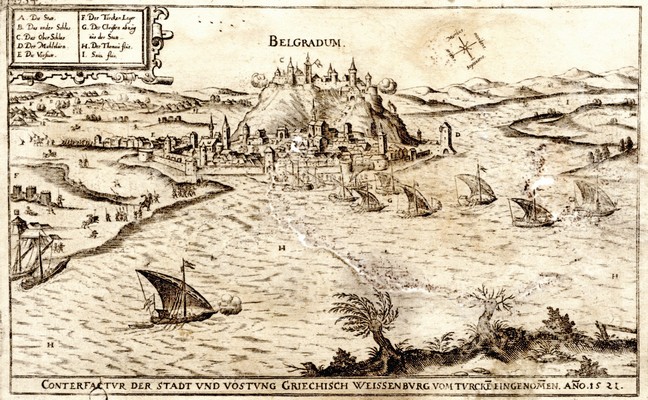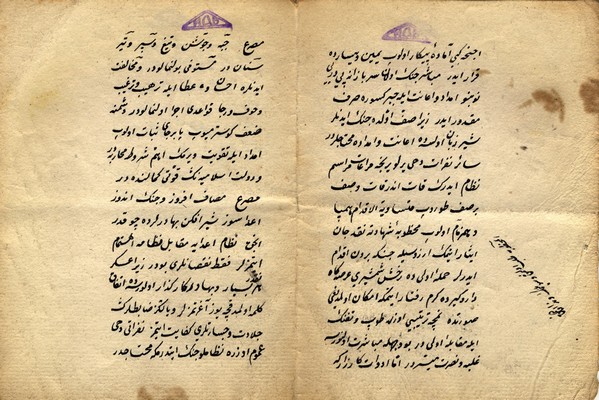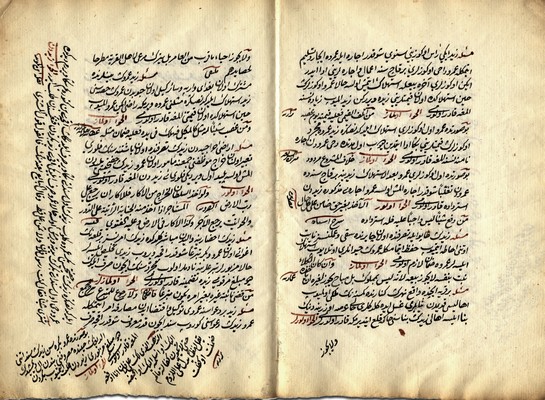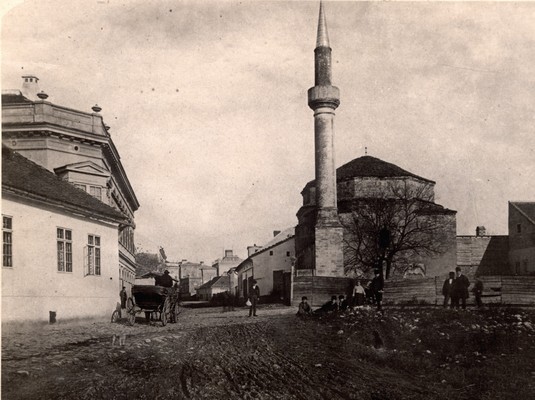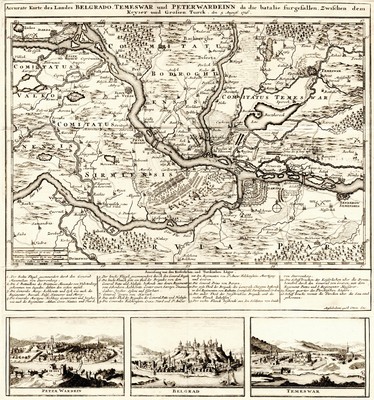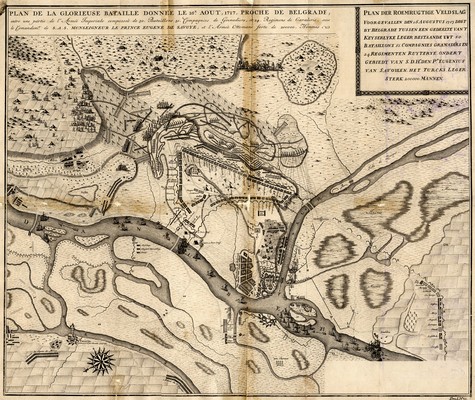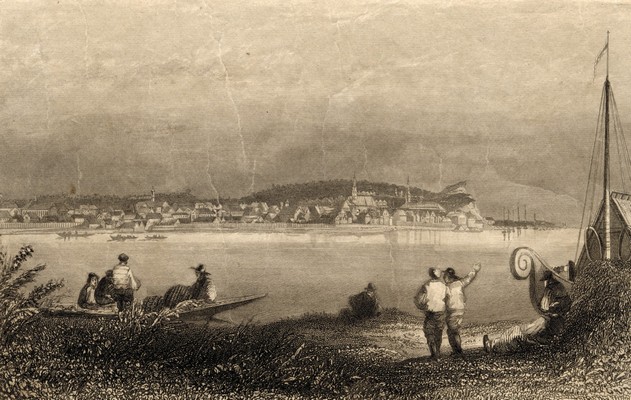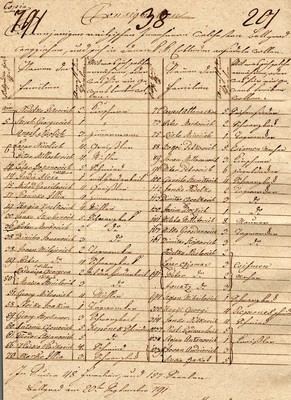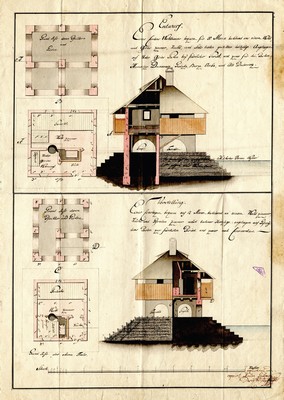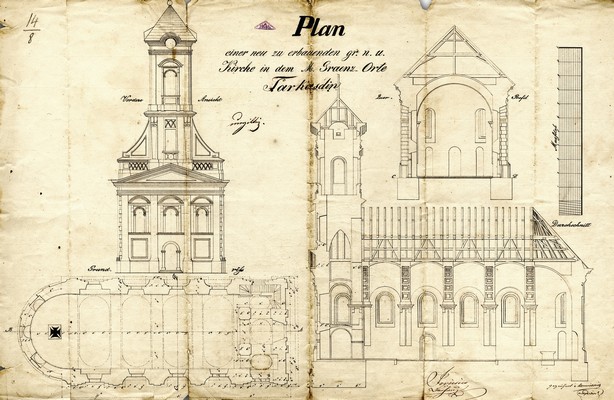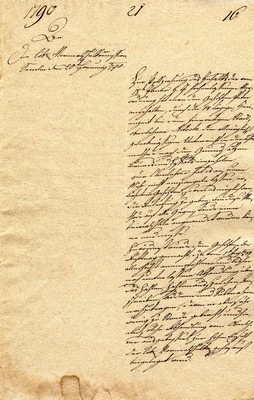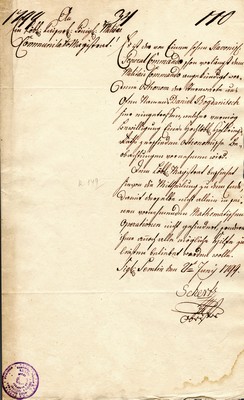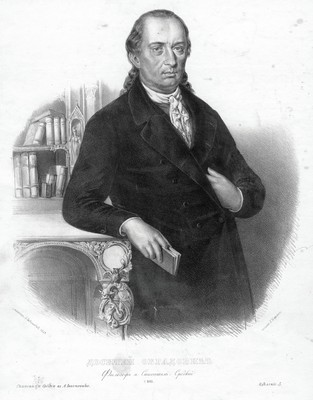Period of Wars
Belgrade came under Ottoman Turkish rule on 28th August 1521 during Suleiman the Magnificent period. It remained in the Ottoman state, apart from short periods of Austrian rule, until the 19th century as part of administration subdivision of Sanjak of Smederevo or Pashaluk of Belgrade. During this period Belgrade had, besides Budim, the largest armoury warehouse in European part of Turkey. Townspeople, comprising of Serbs, Turks, Jews, Armenians, Gipsies, people of Dubrovnik, and others, dealt mainly in fishing, farming, trade and crafts. The city was adorned by towers, churches, mosques and inns (caravan saraj). Muslim faith had great influence on all parts of daily life.
A Dialogue Between an Ottoman Turk and a Christian:
“If Austria does not demand peace, an English King could intercede with the Emperor. How many times he has been ready to appease both sides.”
A christian answers:
“The English King shall confer about this question with the Emperor, of whom he knows, is devoted to him and benevolent.”
The Battle of Eugene of Savoy
Following the advice of Eugene of Savoy Austria re-entered war with Turkey in 1716. After conquering Timișoara, (today in Romania) and Petrovaradin (today in Serbia), Belgrade presented the next strategic point. Never before or after had such a large number of generals, soldiers of various nationalities, and princes from all known European ruling houses assembled at the same time in Belgrade. They all wanted to witness the great battle, headed by the greatest and most renowned army leader of the time. Contrary to military tactics of the time, Eugene of Savoy led his army across the river Danube, instead of Sava, which was a great surprise for the Turks.
Two Cities - Two Empires
Byzantine writer Ioannis Cinnami wrote that destinies of Belgrade and Zemun were connected: being demolished in turn, the ruins of one city served for the building of another, like in a wheel of fortune. Battles between Austria and Turkey in the area have set destinies of the two cities in advance. After the Peace of Svištov of 1791 numerous families moved from Belgrade to Zemun, which, mostly in trading sense, took over the role of Belgrade.
Military Frontier
Serbs, who fled from their enslaved country, continued to fight the Turks in the Croatian Military Border, established by Austrian rulers in the 16th century. The life of border guards took place on eternal battleground.
Enlightenment
After Emperor Joseph II’s reforms, philosophical criticism of reality found an expression in culture as well as praise for importance of science and knowledge. In accordance with these convictions, instructions for schools were adopted. An astronomer from observatory in Budim Danijel Bogdanić arrived to Zemun, carrying out numerous astrological measures in 1799. This transition period was personified above all by Dositej Obradović (1742–1811), the first Serbian rationalist, founder of the Great School (Velika škola) in 1808, and Seminary (1810), minister of education. Jovan Muškatirović, Serbia’s first lawyer, Atanasije Stojković, founder of the first physics and а novelist, Pavle Solarić, а philosopher, philologist, historian, geographer and Joakim Vujić, father of the Serbian theatre followed in his path.
